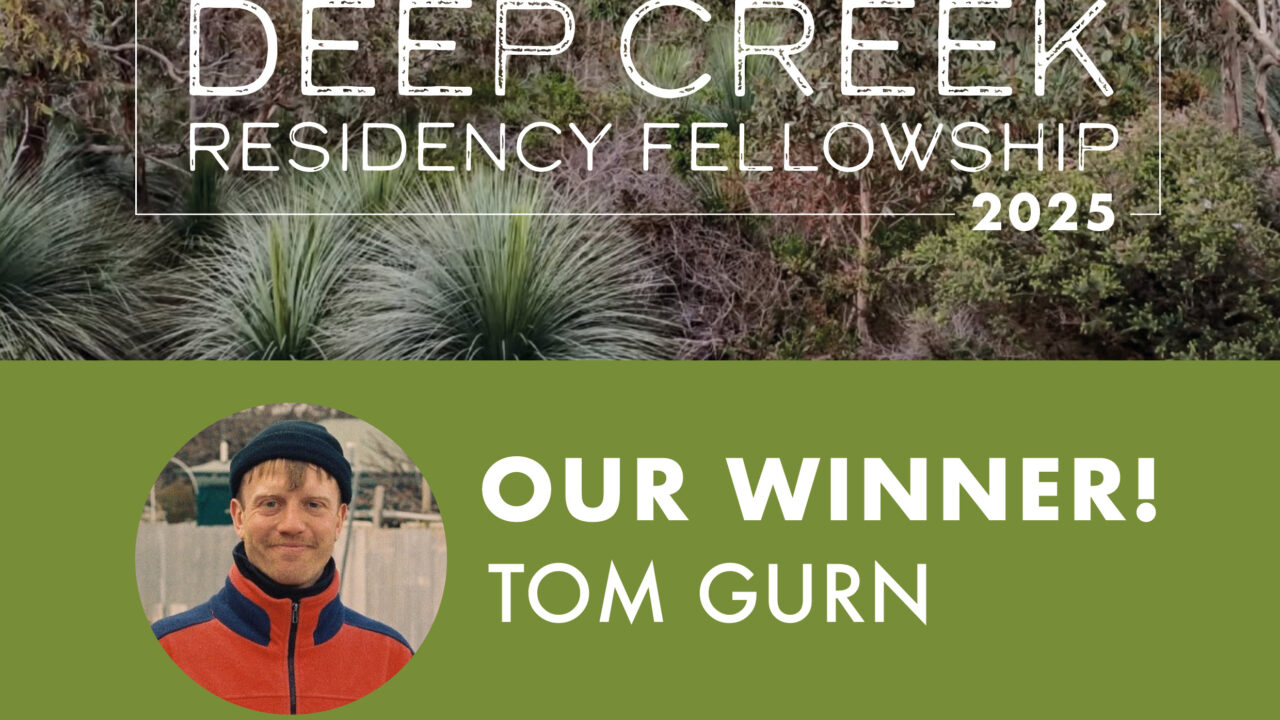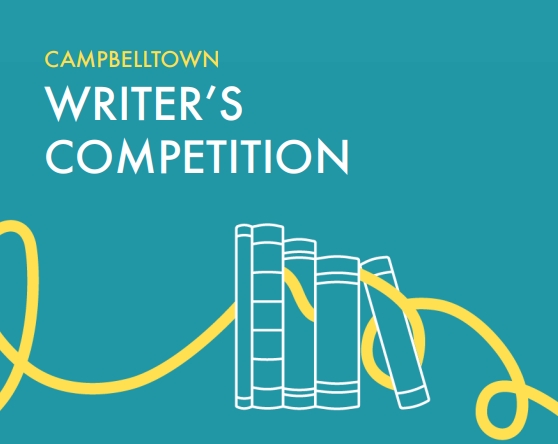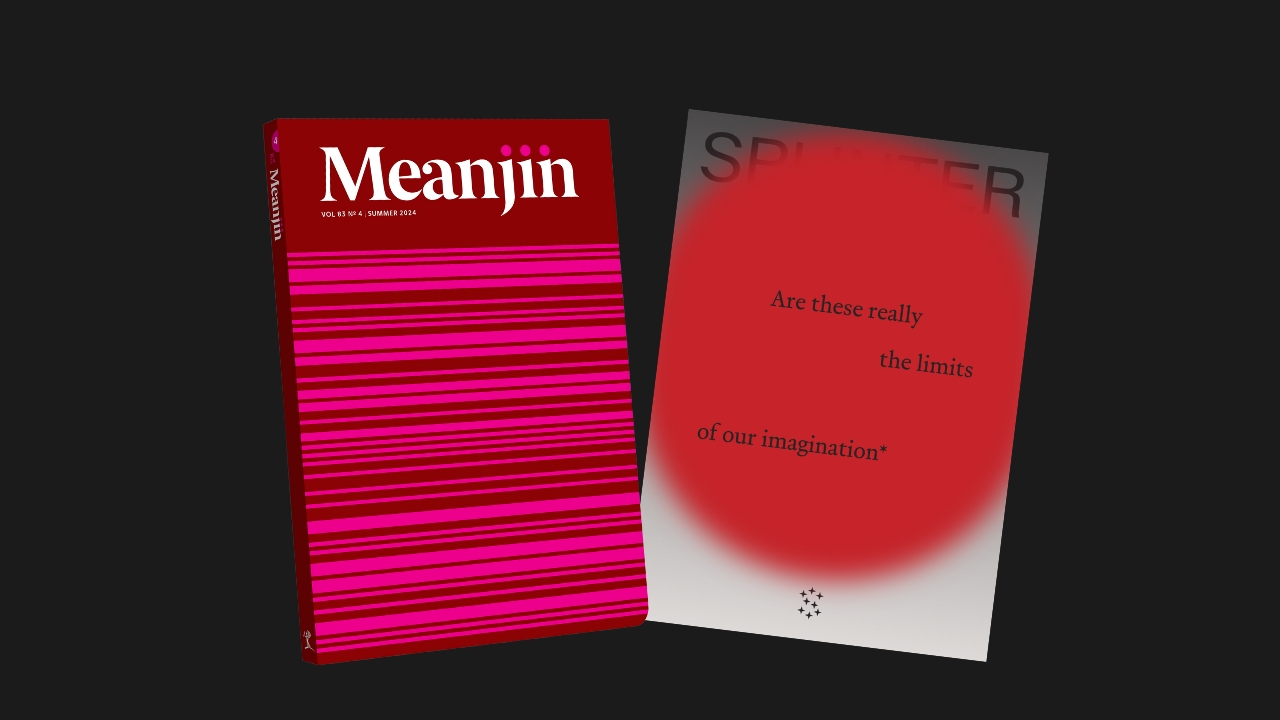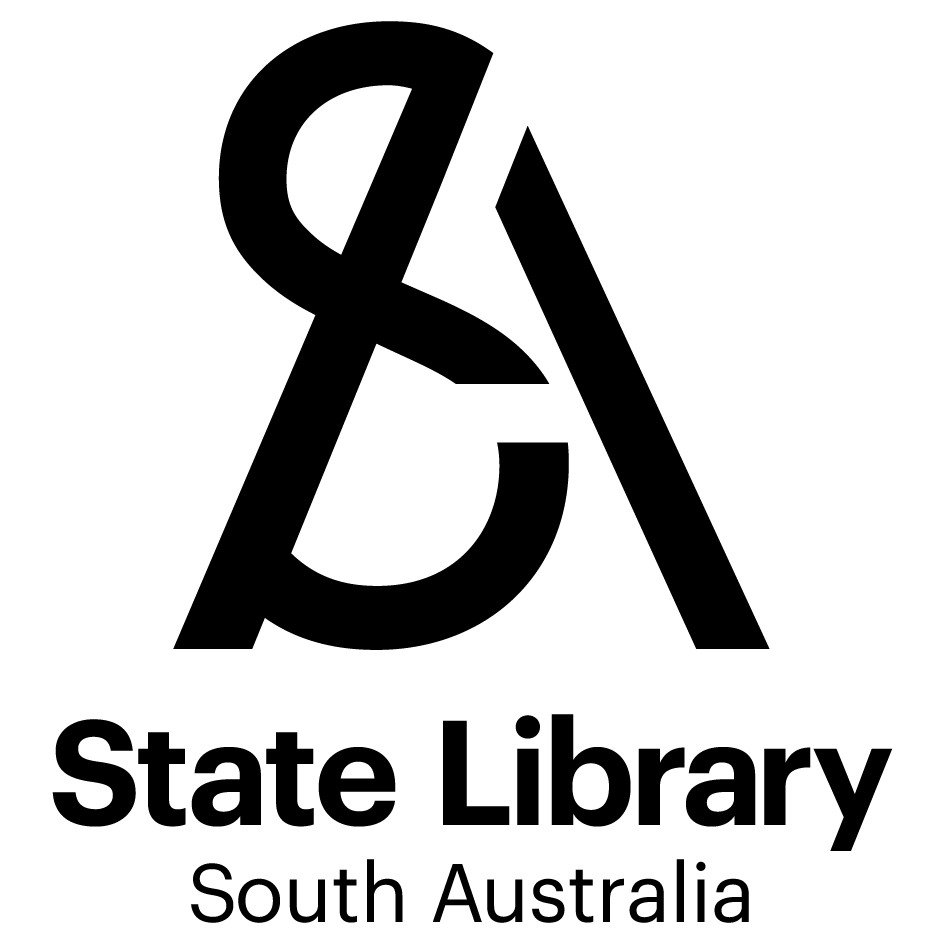JOIN KERRYN FOR THE WORD FOR WORD WORKSHOP IN JANUARY.
* Remember that ‘place’ is an elastic term: it could mean ‘Australia’ or ‘Adelaide’ or ‘the Beehive Corner’ or ‘the place I came off my bike when I was ten’.
* When describing a place, try to emphasise the features that are typical of or unique to that place.
* If you’re making up a place-name, make sure that your made-up name is in some way suggestive of what sort of place it is. It could be ‘Peach Gardens’ or ‘Koala Creek’. Or it could be ‘Rivendell’ or ‘Mordor’.
* Use location as your starting point: begin with a tight focus on some object or person that’s significant to the story and then pan out, giving a broader and broader description of the location. You could start with an abandoned half-drunk cocktail and then describe the bar, the hotel, the street, the city.
* Or start with a panoramic wide screen and zoom in, using larger features to identify the place (whether it’s ‘Paris’, ‘an Australian suburb’, ‘the beach’ or whatever) with tighter and tighter focus on your character or event: a sort of ‘landscape with figures’ identifying the place first and then focusing more tightly on the figures and their actions.
* Place can be used as a method of characterisation. How your characters feel about particular places, and the associations they have with them, can be a major factor in showing what sorts of people they are.
* Inventing a location can work. Two of Australia’s best crime writers, Peter Temple and Garry Disher, both locate novels in imaginary towns set in very real and immediately identifiable landscapes, respectively the south-west coastal region of Victoria and Victoria’s Mornington Peninsula.
* Don’t forget that places change quickly over time, and that this becomes very important if you are writing historical fiction. A place-name that might have particular resonance in 2013 might have meant something very different 50 or 100 years ago. Kerry Greenwood does exhaustive research on the Melbourne of the 1920s for her Phryne Fisher books.
* Don’t feel you have to explain everything – or anything – for readers who might be unfamiliar with the place you are describing. This is a particularly Australian sort of self-consciousness. Just name the street or landmark confidently and move on. If a reader doesn’t know what ‘Hindley Street’ or ‘the statue of Colonel Light’ means, let her or him figure it out.
* Read. Read Ian Rankin to see how he evokes and uses Edinburgh in his stories, or Alice Munro to work out how she writes about regional Canada, or Wordsworth to see how central the idea of location is to his poetry.
Kerryn Goldsworthy is a freelance writer, critic, columnist, essayist and blogger, and a former academic. She has taught Creative Writing and Australian literature at four different universities over the last 30 years, and wrote her PhD thesis on place in Australian fiction. She is currently the Chair of the judging panel for the Stella Prize.








